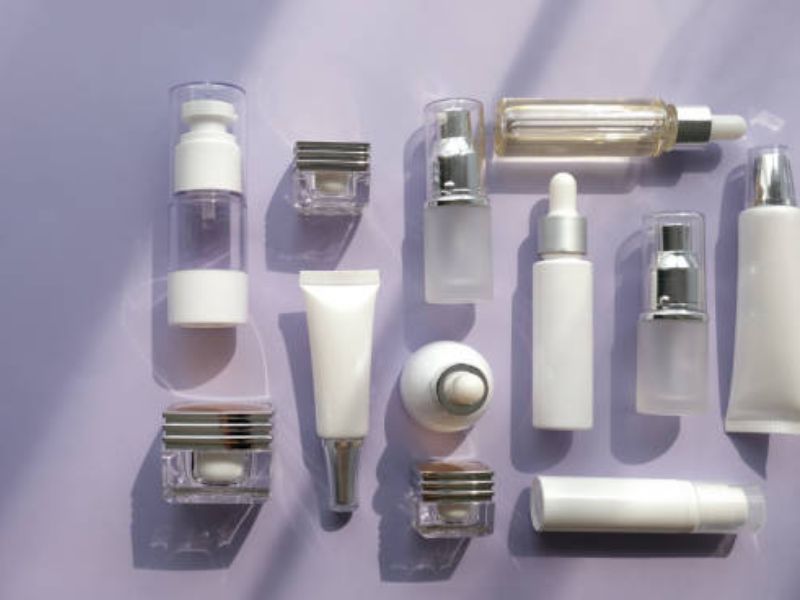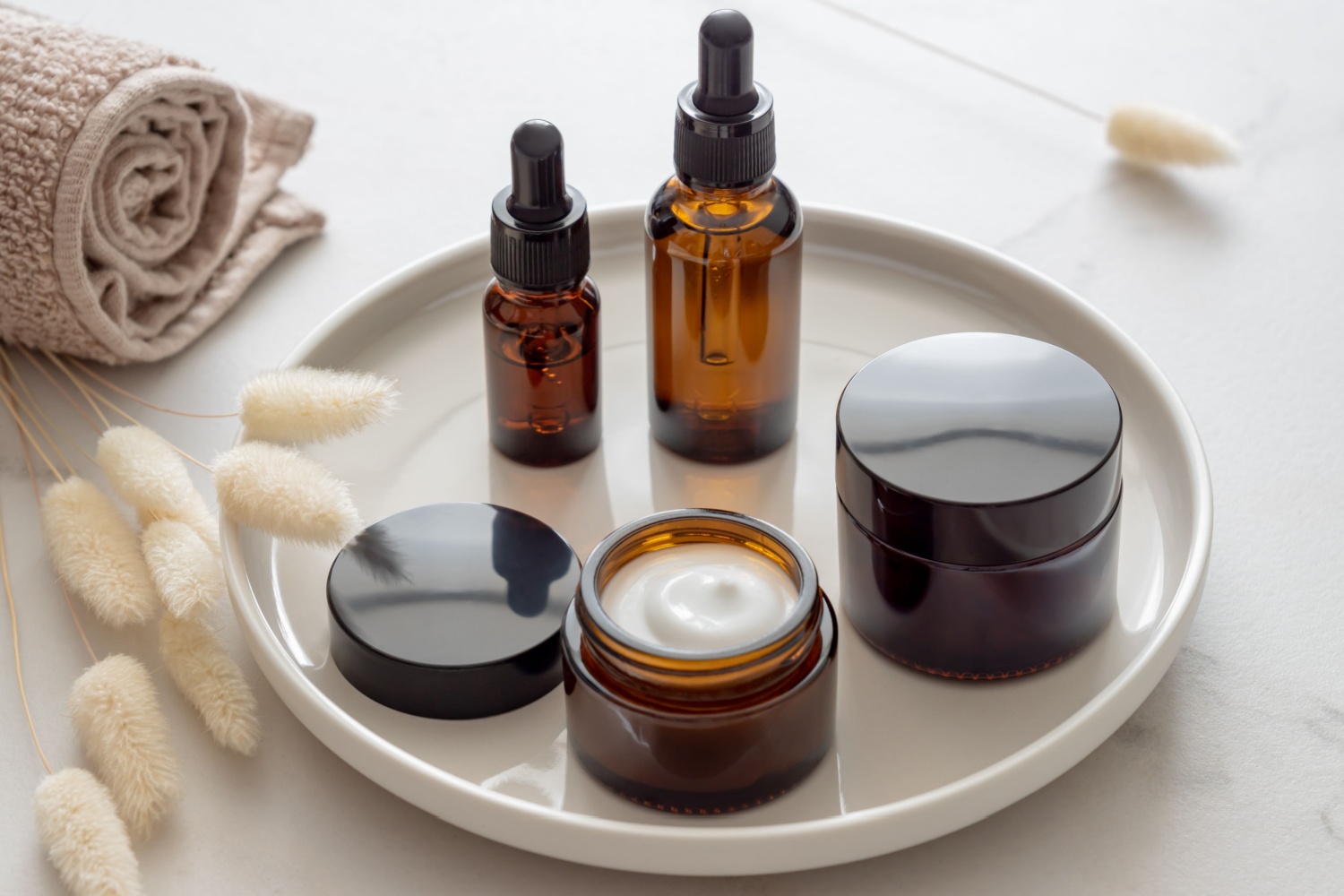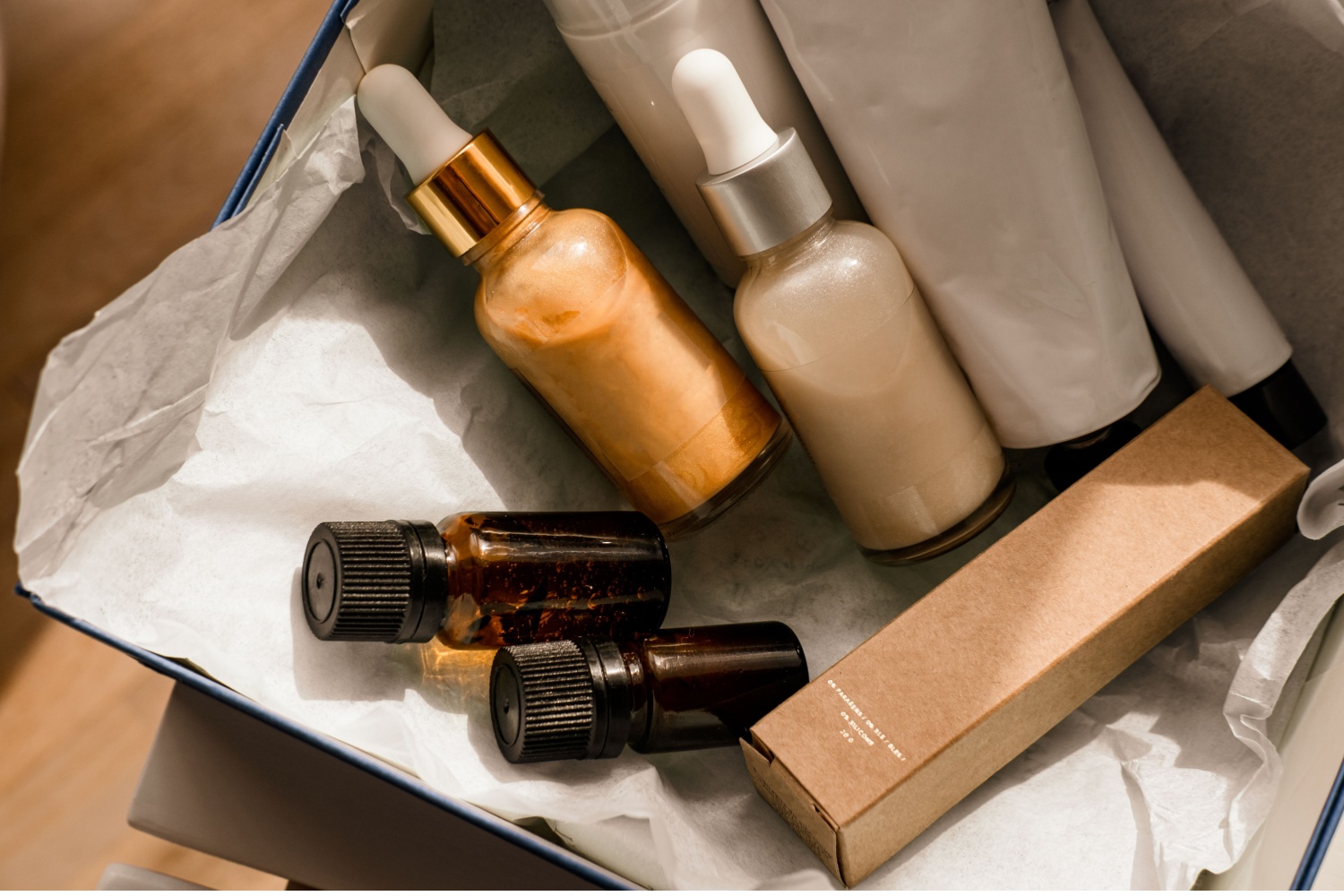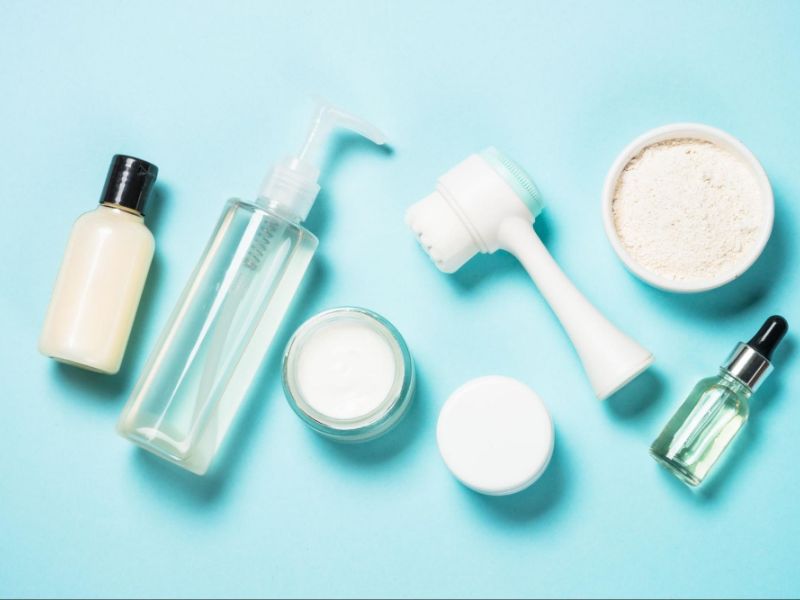
In the thriving world of skincare, one of the intriguing highlights is the innovative packaging for skin care products. Skincare packaging has evolved from mere containers to vessels that encapsulate the brand’s identity and enhance user experience.
Packaging for skincare is a creative canvas for brands to express their philosophy, whether focused on practicality or luxury skin care packaging design. In essence, it is an ensemble of color schemes, boxing styles, materials and types of skincare containers, all wrapped in a neat bow to amplify the experience.
The best packaging for skin care products does not merely dress up the product; it also tells a story, kindles an emotional connection, and importantly, it provides vital information. It’s no wonder that different types of skincare products come in different types of packaging, each uniquely stylized and intended to enrich the user engagement.
Why Packaging Matters in Skin Care Product Experience?
People’s first physical encounter with a skincare product is through its packaging. So, packaging skin care products involves not just aesthetics but also functionality and accessibility.
The skin care containers used, whether glass jars or durable polypropylene sprayers, should ideally ensure easy access to the proper amount of product and protect it from contamination. Packaging for creams, as an instance, needs to keep the product’s viscosity intact while allowing easy dispensing.
Additionally, the packaging types reflect the brand’s commitment to quality and safety. When a consumer sees packaging skincare products in glass bottles, they perceive a higher level of quality because glass is viewed as premium and more sustainable than plastic.
These factors result in best beauty packaging being an integral part of the consumer’s holistic experience with the skincare product.
The Rising Demand for Innovative Packaging in the Skin Care Industry
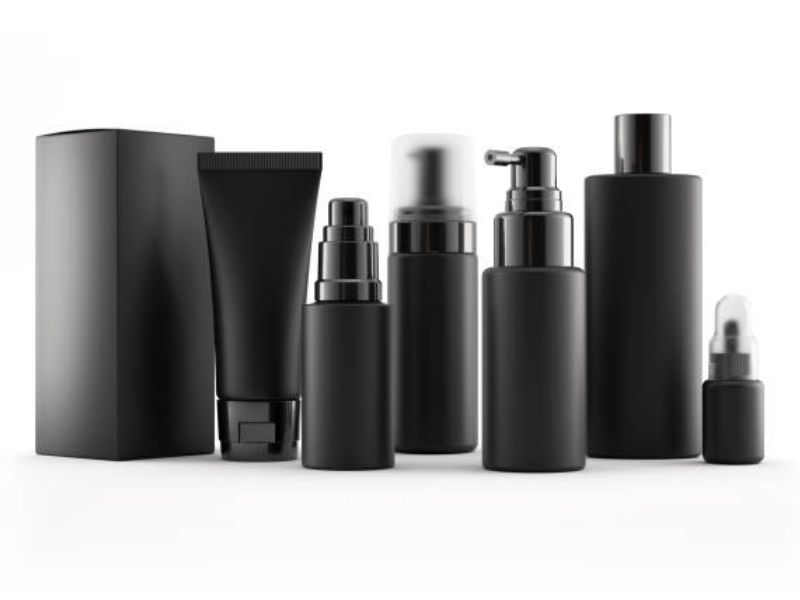
Today, consumers are savvier and more discerning. They crave unique skincare packaging that aligns with their lifestyle and environmental ethos, driving the demand for innovative packaging for skincare. Factors such as material options, sustainability, and transparency come into play.
Consumers now prefer packaging for skincare products that provide a luxurious feel while being environmentally friendly. They look for skincare products packaging that’s crafted from recycled materials or is reusable. Transparent labelling, disclosing every ingredient in the skincare product, also influences customers’ purchasing decisions.
This rising demand pushes brands to reimagine their packaging work, making ‘unique’ and ‘innovative’ the key words in the skincare industry.
The Role of User Experience in Skin Care Product Packaging
In the skincare industry, a pivotal principle is that the packaging for skin care products must be as excellent as what sits inside of it. After all, the user experience starts the moment they interact with the skin care container. The unique skincare packaging isn’t just about attracting eyes on the store shelf; it is about the tactile feel, the sense of luxury and efficacy, and the ease of use.
Packaging that aligns with the consumer’s lifestyle is more likely to succeed. For example, skincare products for individuals always on the go require a different packaging approach than home spa products. Therefore, packaging types, from skin care bottles to lotions’ squeeze bottles, should be user-friendly, lightweight and durable. Accessibility is the name of the game.
The user experience also involves interaction with packaging accessories, such as fine mist sprayers for serums, durable glass skincare bottle packaging or droppers for essential oils. Each component should purposefully enhance the skincare routine, making the product not just a use-and-throw item, but a sensation to relish.
Material Choices in Innovative Packaging for Skin Care Products
Choosing the appropriate material for skincare packaging supplies is no small task. The chosen material must not just look good but should also be effective and safe for the product within and the environment. Here is a table with examples of materials, their advantages and what are they best used for:
| Material | Advantages | Best Used For |
| Glass | Visually pleasing, reusable, lends a sense of quality | Higher-end skincare product packaging |
| Polyethylene Terephthalate (PET) | Lightweight, clear, highly versatile | Various containers for skin care products |
| Polypropylene | Durable, ensures product safety during transit and usage | Packaging beauty products |
| Material Depending on Product Type | Suited to product viscosity | Squeeze bottles or pump dispensers for certain viscosities, glass jars for others |
Impact of Shape and Size on User Experience
The shape and size of packaging greatly influence user experience. For instance, face wash or lotion containers need to be easy to handle and dispense with a simple one-handed operation.
Moreover, innovative packaging for skin care products also includes considerations for the shape and size of boxes for packaging. Unique skincare packaging might feature a round base and round shoulders, which are visually appealing and ergonomic but might also opt for a rectangle or square shape for easy labeling.
For skin care bottles, the size matters for the proper application. A bottle that dispenses a fine mist is perfect for perfumes or toners, whereas a dropper is suited for serums or essential oils to deliver the proper amount of product. The lesson here is that innovative packaging considers the requirements of the product and caters to the needs of the user.
Color Psychology in Skin Care Packaging and User Experience
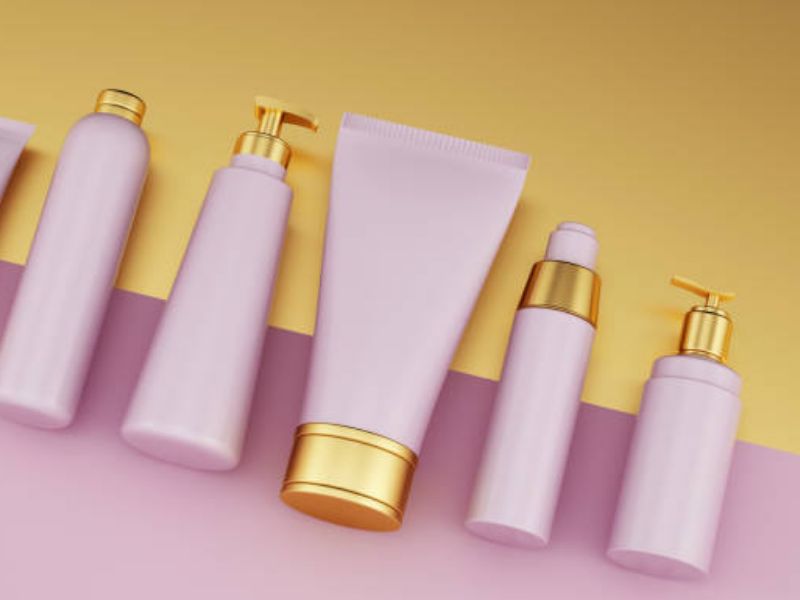
Color plays an essential role in the aesthetic appeal and influence of skin care packaging; it’s not just about looking pretty on the shelf. Colors speak volumes about the nature of the skin care product, and they also significantly impact the user’s perception. It forms an integral part of the skin care packaging design strategy.
Color psychology highlights how different colors evoke particular emotions and responses. For example, green might invoke eco-friendliness and natural ingredients, while white can represent purity and simplicity. The choice of color, in combination with a skincare product’s name, unique skincare packaging, and overall design, communicates the brand’s ideology and product efficacy.
Colors can also guide consumers towards specific product lines. For instance, specific hues can indicate a product is for dry skin, oily skin, or all skin types. This use of selective coloring in the best skincare packaging helps consumers navigate myriad options and identify their desired skincare products swiftly.
Functionality-Driven Packaging Innovations for Enhanced User Experience
Practicality and ease-of-use are top priorities in the skincare industry. Skincare packaging design needs to improve the customer experience by balancing aesthetics with functional design. Things like how the container feels in the user’s hands, the ease with which the product dispenses, or even how securely the container closes all contribute to enhancing the user experience.
Consider skincare bottle packaging that incorporates fine mist sprayers – an excellent example of functionality-driven packaging. These sprayers are a boon for products like toners or setting sprays, providing convenience and accuracy. Similarly, pump dispensers are a hygienic choice for lotions or face wash containers, while droppers control the volume of high-potency serums.
The best-beauty packaging incorporates such innovative solutions, merging smart engineering with aesthetics, ensuring that skincare isn’t just a daily chore but an enjoyable ritual.
Why Is Labeling Crucial in Skin Care Packaging and How Does It Enhance User Experience?
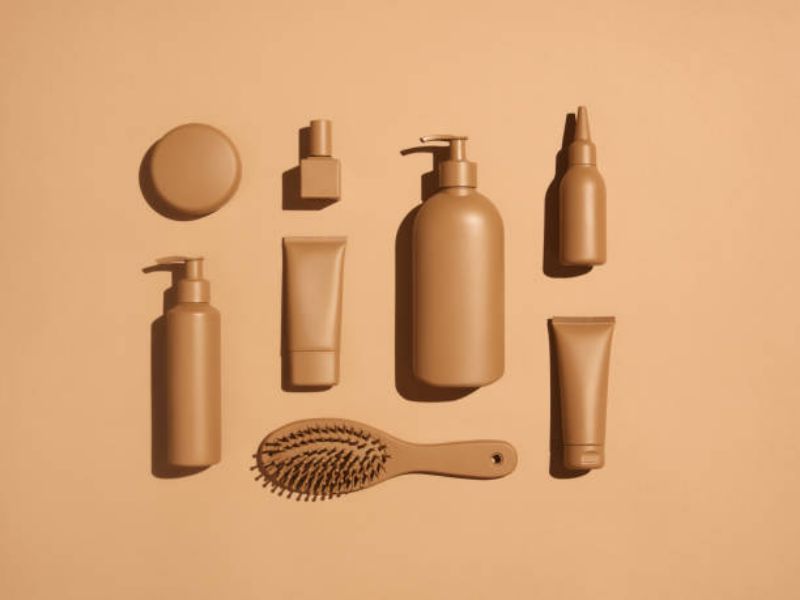
In the skincare industry, transparency is paramount. Today’s consumers possess a voracious appetite for knowledge about what they’re applying to their skin, making labeling an essential part of skincare packaging.
Labels provide necessary information about the skincare product ingredients, manufacturing details, usage instructions, and manufacturer’s promises. In the spirit of transparency, some brands are also highlighting their packaging choices, revealing whether the packaging is recycled, reusable, or eco-friendly.
When a consumer can see all they need to know at a glance, it builds trust and brand loyalty. Comprehensive and honest labeling enhances user experience by making the consumers knowledgeable about the product, enabling them to make informed decisions about their skincare regime.
How Does Packaging for Skin Care Products Comply with Sustainability and Environmental Concerns?
Environmental consciousness is no longer a bonus but a must-have in skincare packaging. According to market surveys, consumers are much more liable to buy products from brands that display a commitment to sustainability. This trend pushes brands to consider sustainable approaches for packaging skincare products.
Glass, as a material, is reusable and recyclable, making it a preferred choice for the eco-friendly consumer. Bio-based plastics, recycled PET, or even using less material overall, are other ways brands are attempting to reduce their carbon footprint.
Packaging that features easy disassembly for recycling purposes, or refilling options for the original containers, are innovations driven by sustainability. While aligning with the values of environmentally-conscious consumers, these measures also enhance user experience by making beauty routines more guilt-free.
Ensuring Accessibility and Convenience in Skin Care Product Packaging
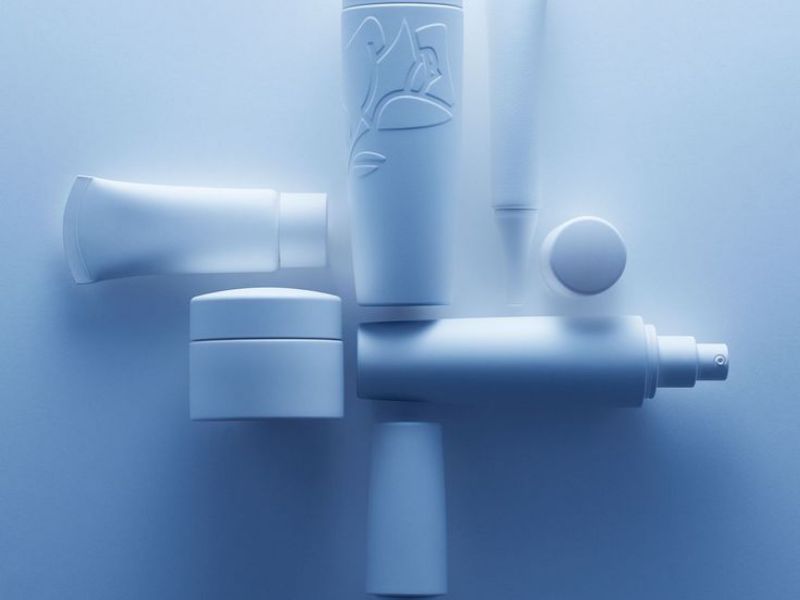
Creating a superior user experience is all about addressing the little details that make a big difference. In the realm of skincare product packaging, it includes ensuring accessibility and ease of use. The luxurious appeal of the skincare bottle packaging, or the striking design of skin care boxes, matters little if consumers struggle to open them or dispense the product.
Ergonomic designs that fit comfortably in the hand, lids and caps that operate smoothly, and dispensers that deliver the right quantity of product each time, are packaging essentials. Packaging should also be robust for portability, allowing users to carry their skincare routine wherever they go without worry.
Designs that accommodate those with limited dexterity or visual impairments also enhance inclusivity in packaging. These can include braille labels, distinctive shapes or textures for different products, or easy-grip shapes.
Conclusion
Packaging for skin care products is not an afterthought but an integral component that amplifies the consumer experience. From the material used, design aesthetics, usability to transparency, skin care packaging carries the brunt of first impressions and continued customer loyalty.
Innovative packaging drives trends in the skincare industry, adopting environment-consciousness, accessibility, and unique brand identity, ensuring consumers receive not just a product, but a comprehensive package. A fine example of this is the services offered by Cosmopacks, a leader in cosmetic packaging.
With their in-depth expertise, Cosmopacks aids customers in selecting the most suitable and cost-effective packaging for their projects, truly underlining the stature of packaging as a vital element in the skincare industry.
With this, we wrap up our exhaustive look into innovative skincare packaging, featuring the valuable contributions of industry experts like Cosmopacks. Stay skin-spired!
Contact us today if you want to elevate your brand with innovative designs, sustainable solutions, and a commitment to functionality!

